SF Bay A Subtropical Area?
butterfly15_ca
18 years ago
Related Stories
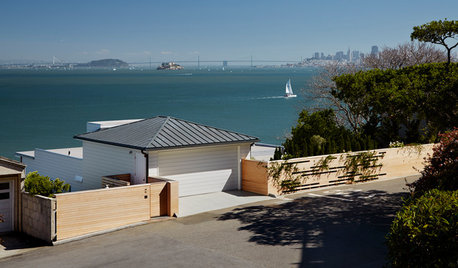
INSPIRING GARDENSAn Award-Winning Landscape Embraces Bay Views
Once overgrown and lackluster, these California garden areas now thoughtfully enhance the incredible view
Full Story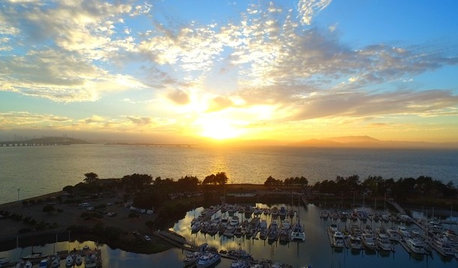
HOUZZ TVHouzz TV: Goodbye, Skyrocketing Rents; Hello, Waterfront Living
Tired of the congestion and high costs of San Francisco, this young techie bought a boat on the bay. See how she makes it her home
Full Story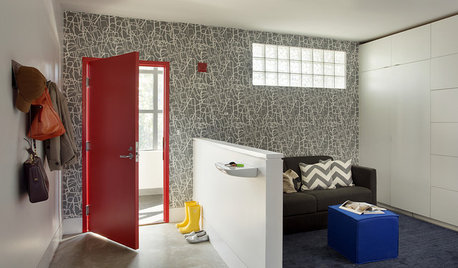
DECLUTTERING10 Secrets to a Neat Living Room
Keep the clutter at bay with ‘speed bumps,’ hidden storage and a little-stuff drawer
Full Story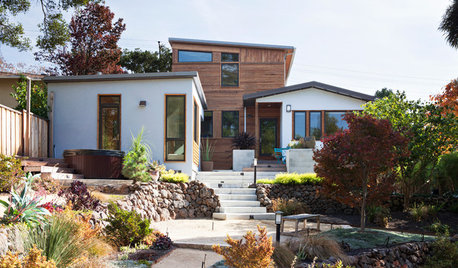
HOUZZ TOURSHouzz Tour: Finding the Flow in Berkeley
A bigger kitchen, a better connection to the outdoors and a new second story put a bay-view home in a California state of mind
Full Story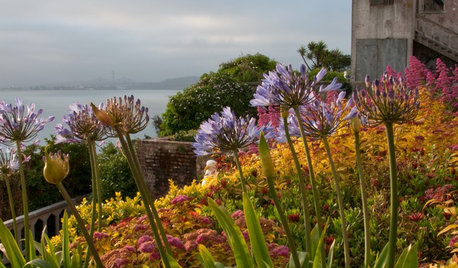
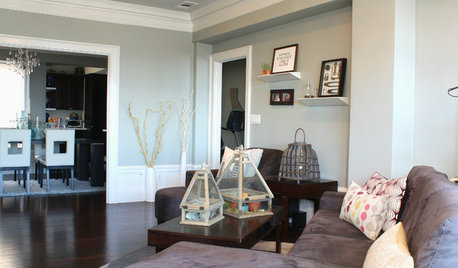
APARTMENTSMy Houzz: High Style and Discount Finds Mix in a San Francisco Rental
With combined styles, an elegant palette and a stellar bay view, this hilltop apartment is a vision of loveliness
Full Story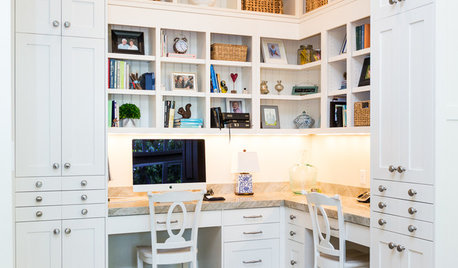
HOME OFFICESThe 20 Most Popular Home Office Photos of 2015
Technology paves the way for space-saving work areas, while designers make up for small sizes with style
Full Story
SAVING WATER11 Ways to Save Water at Home
Whether you live in a drought-stricken area or just want to help preserve a precious resource, here are things you can do to use less water
Full Story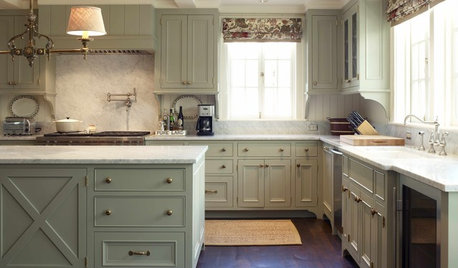
KITCHEN DESIGN9 Ways to Save on Your Kitchen Remodel
A designer shares key areas where you can economize — and still get the kitchen of your dreams
Full Story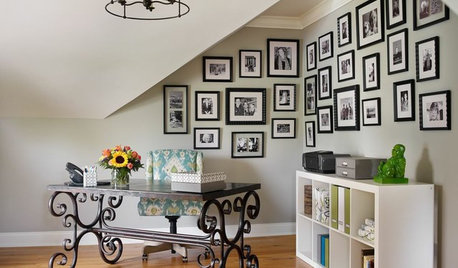
HOME OFFICESRoom of the Day: A Happy Home Office in Atlanta
Lively colors and separate areas for tasks and fun put a relaxed spin on a mom’s workspace
Full Story


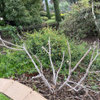
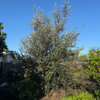
gardenguru1950
butterfly15_caOriginal Author
Related Discussions
b. emeiensis seller in the SF bay area?
Q
Free Bay Friendly Garden Tour - SF Bay Area
Q
Vitex in SF Bay Area - East Bay
Q
SF Bay Area- South Bay Cutting Exchange
Q
Heathen1
butterfly15_caOriginal Author
habitat_gardener
calistoga_al ca 15 usda 9
Heathen1
jayferg
spectre
butterfly15_caOriginal Author
gardenguru1950
spectre
gardenguru1950
daxin
Karen Mickleson
Bob_B
spectre
daxin
habitat_gardener
Karen Mickleson
spectre
oops
spectre
kerrican2001
dhivam_hotmail_com
mamamia
socal23
kerrican2001
mamamia
kerrican2001
stanofh 10a Hayward,Ca S.F. bay area
stanofh 10a Hayward,Ca S.F. bay area
socal23
stanofh 10a Hayward,Ca S.F. bay area
ruby
stanofh 10a Hayward,Ca S.F. bay area
socal23
stanofh 10a Hayward,Ca S.F. bay area
bahia
toyon
stanofh 10a Hayward,Ca S.F. bay area
butterfly15_caOriginal Author
stanofh 10a Hayward,Ca S.F. bay area
stanofh 10a Hayward,Ca S.F. bay area